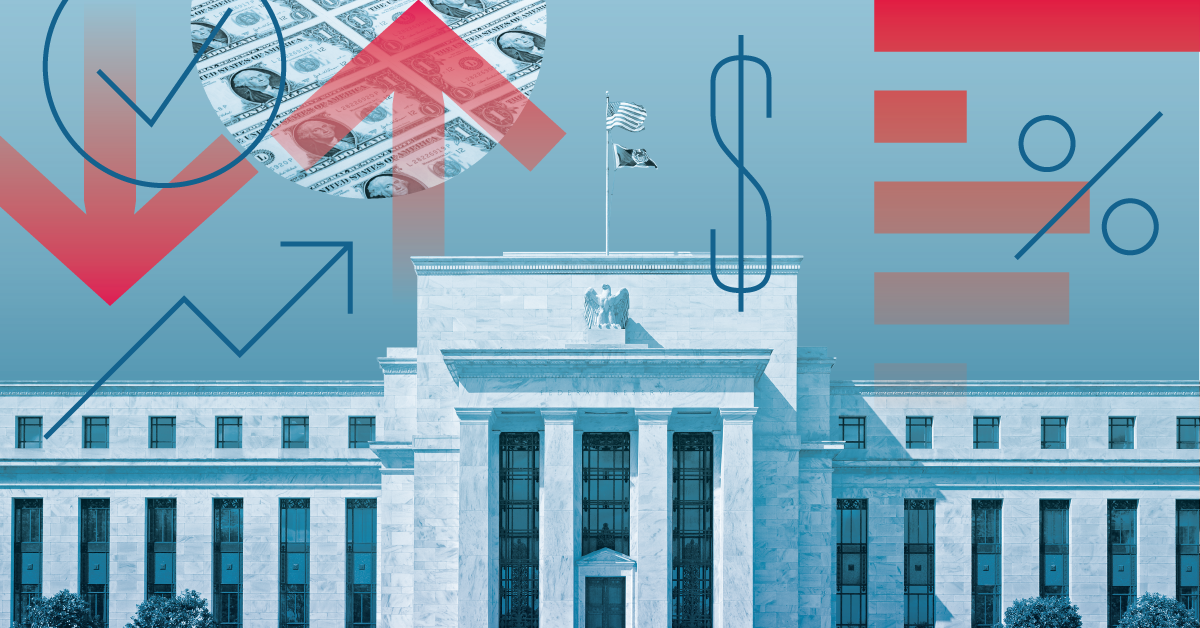
In a landmark decision, the Liberal government introduced new mortgage rules allowing Canadians to pay off their mortgage over 30 years, up from the previous bar of 25 years.
Under the new rule, which comes into effect on Dec. 15, 2024, first-time homebuyers and buyers of newly built homes can now stretch their amortization period—the maximum time allowed to pay down the mortgage—across 30 years. Particularly, those buying their first home can take up to 30 years to repay an insured mortgage, regardless of the property type. However, all other buyers, including investors, can only avail themselves of the 30-year mortgage option when purchasing new-build homes.
The new federal rule also includes a boost to the price cap for insured mortgages, bringing it to CAD 1.5 million, up from CAD 1.0 million previously. Currently, buyers only qualify for mortgage default insurance on homes valued at no more than CAD 1 million.
The announcement drew mixed reactions from both the mortgage industry and consumers. While some praised the potential for increased housing accessibility and affordability, others were quick to criticize the risk of further deepening debt among already heavily indebted Canadians.
A Homeownership Hurdle Removed
The new regime promises to make a larger pool of homes available for a wider population by stretching the amortization period by five years, according to Penelope Graham, a mortgage expert at financial products comparisons site Ratehub.ca.
“The most direct way a longer amortization impacts affordability is by lowering a borrower’s monthly mortgage payment,” Graham says. “That increased cash flow helps at the mortgage qualification stage because it boosts the borrowers’ debt ratios needed to qualify for a larger mortgage.”
The ability to make minimum down payments on housing up to CAD 1.5 million opens up diverse housing options previously not available to many first-time homebuyers. “Having to put together a minimum [downpayment of] 20% on a detached home, for example, was a financial hurdle too steep for many, and relegated first-time buyers mainly to the condo market,” Graham contends.
However, she cautions that more buyers can intensify competition for larger homes.
The prospect of 30-year amortization is particularly attractive for those priced out of the red-hot Canadian housing market amid rampant price increases and tighter lending rules aimed at limiting mortgage leverage.
The new rules bring the dream of homeownership within closer reach for prospective buyers, believes Ron Butler, a Toronto-based mortgage broker with Butler Mortgage.
“If the borrower wants to qualify for a higher mortgage—say, their heart is set on an CAD 800,000 house, but their borrowing capacity with a 25-year term is only CAD 700,000— new rules bring them closer to their goal,” he says.
A Caveat on Interest-Rate Payments
Experts warn that the federal government’s decision to bump up the amortization period and mortgage insurance cap is a double-edged sword. There’s a cost to a longer repayment horizon.
“The main caveat is that the longer a mortgage time frame, the more will be paid in interest over that period,” Graham warns. “Borrowers must choose between upfront payment relief or thousands of dollars worth of additional interest cost.”
There is also concern about the unintended consequence of risky debt practices. Restrictions on insured mortgages were placed to prevent borrowers from taking on mortgage debt beyond their financial capacity.
Butler suggests the impact of the new policy will largely depend on each consumer's circumstances and needs. “If the goal is to get the house you want, it's positive,” he says, but adds that “if your goal is to pay the least amount of interest, then it’s not.”
For first-time homebuyers, it’s a trade-off between a larger house and less interest, he adds.
Mortgage Math Around Amortization
Butler explains how a five-year longer amortization period can significantly increase the total interest paid over the life of a mortgage loan. Take a 30-year mortgage for a property worth CAD 1.5 million. Using the current mortgage rate of 4.5%, the monthly mortgage payment for this home would be CAD 7,000. With a 25-year term, that amount will jump to about CAD 7,700. In other words, borrowers opting for a 30-year amortization will end up paying an additional CAD 260,000 in interest over the extra five years. Conversely, those looking to secure a larger loan for their dream home can now qualify for approximately 8.5% more with a 30-year term, Butler says.
The new rule helps “Canadians buy more expensive homes with larger mortgages, but it also stimulates higher home prices and more debt, which isn’t great from a long-term perspective,” he adds.
Will New Amortization Rules Lead to Higher Prices?
Real estate market pundits are quick to point out the “unintended consequence” of the new policies: increased demand that could inflame home prices nationwide.
“Every economist agrees that increasing the cap for CMHC mortgages is a demand stimulus,” argues Butler.
This makes it easier for people to get cheaper loans because CMHC mortgages cost less than conventional ones. Combined with a 30-year amortization, they are allowed to buy more expensive homes.
“This is the very definition of demand stimulus,” Butler says. “If you increase demand in a market with limited supply, which is the case currently, prices go up. It's basic economics.”
History shows any boost in housing demand leads to larger mortgages and more debt, “and that’s not great if lowering debt is the goal,” he adds.
Multiyear high home prices and elevated rates have forced many prospective first-time buyers to delay their plans, hoping for rate cuts to improve affordability.
“There is significant pent-up demand from prospective buyers,” says Graham. “These new policies are likely to push many of them to get into the market.”
When that happens, home sales and prices will skyrocket. “It’s a catch-22,” Graham says.





.jpg)













